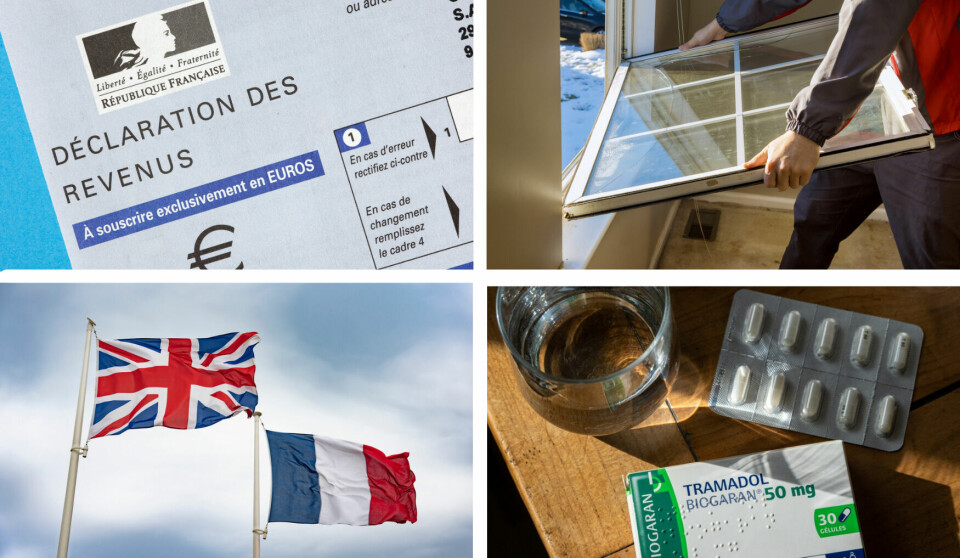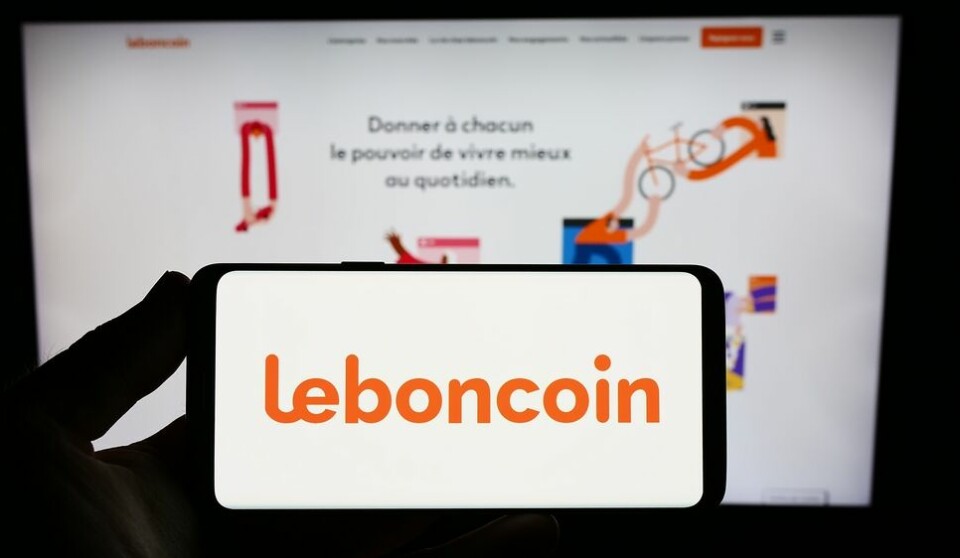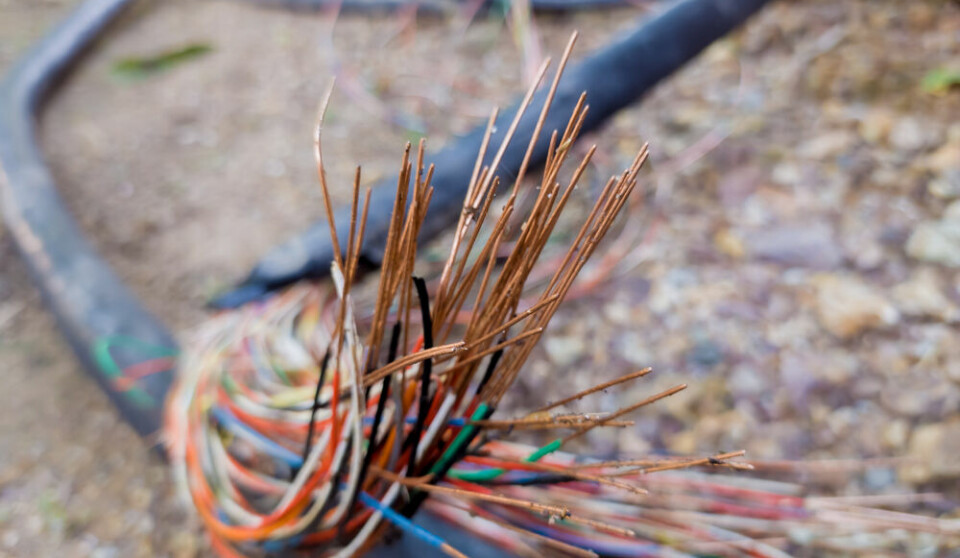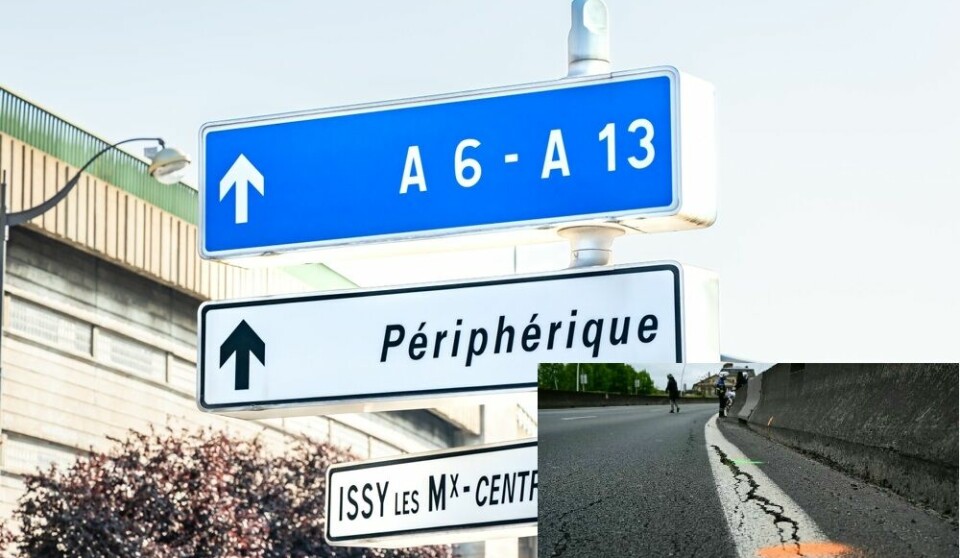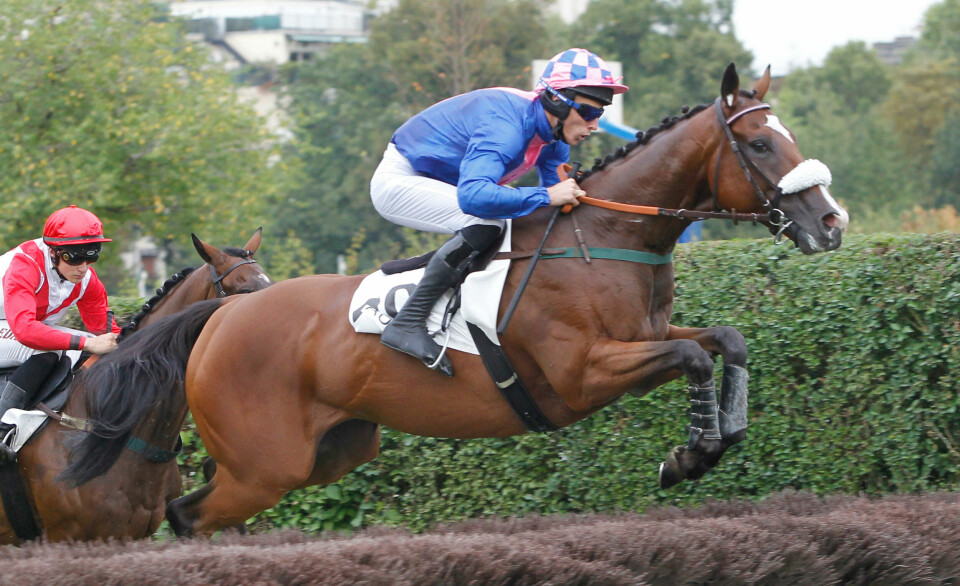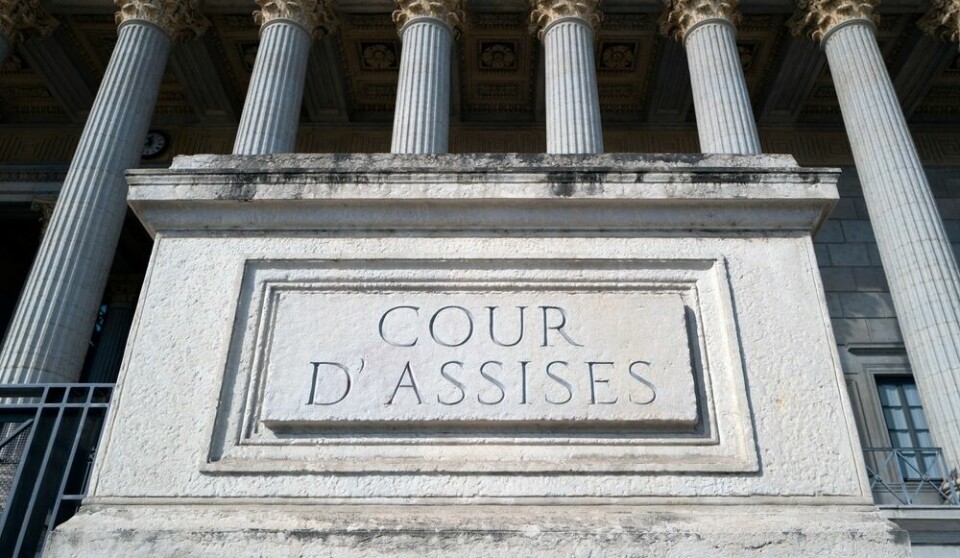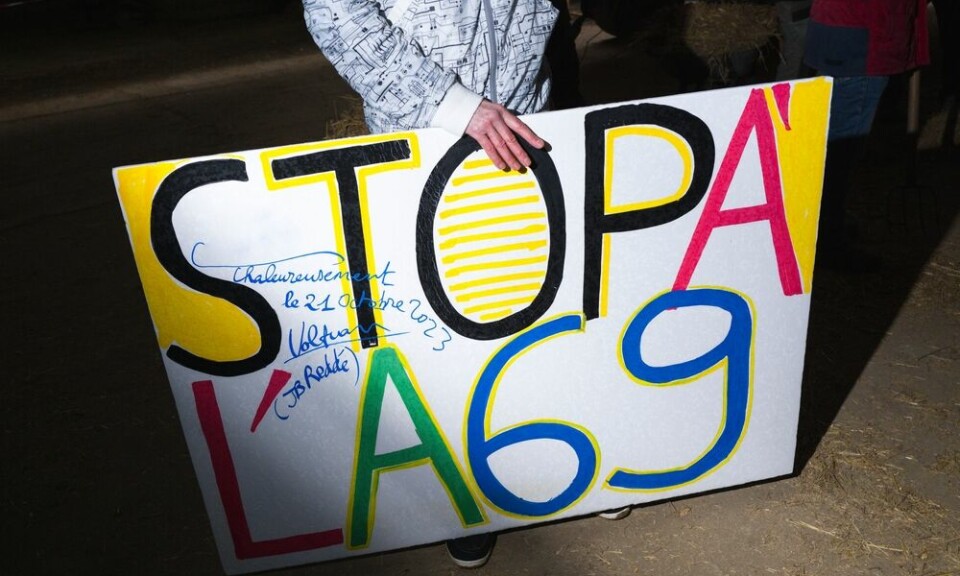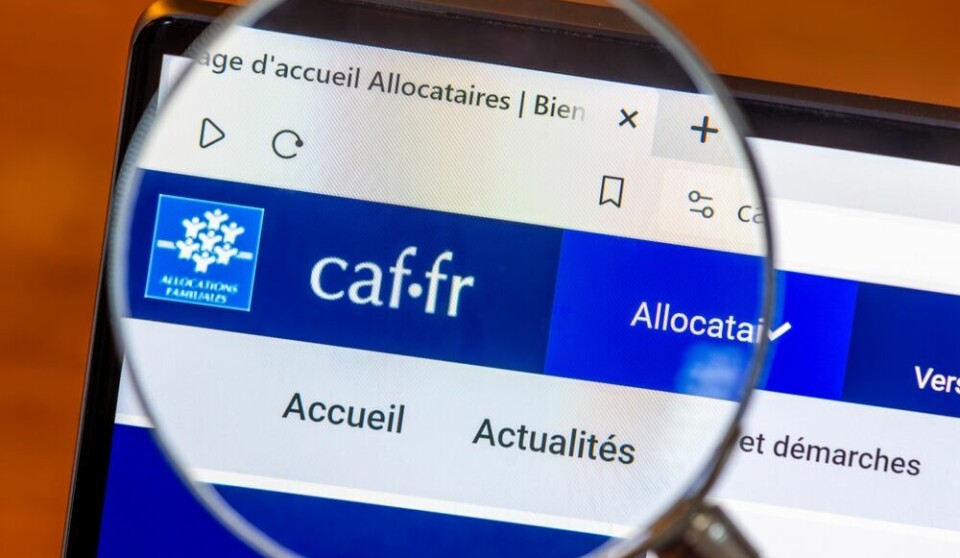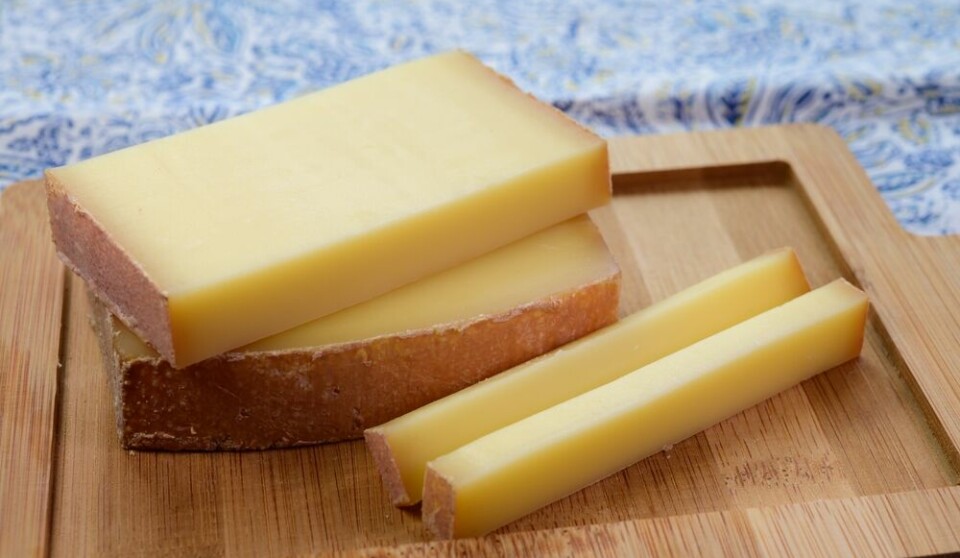-
Seven useful informal French expressions you don’t learn at school
These words will add colour to your spoken French
-
‘Je n’en reviens pas!’: How to use the verb venir in everyday French
Columnist Annaliza Davis looks at the surprising versatility of venir and why it might confuse English-speakers
-
Meet France's great garden acrobat
With its bright yellow and blue plumage, the Eurasian blue tit is easy to spot in the garden.
Faux-amis: Avoiding language traps in French
Look out for words in English and French that look the same but have very different meanings

There are some words in English and French that look the same but have different meanings: think pain in English versus pain (bread).
These are commonly known as faux-amis or false friends. Learning a foreign language is hard enough without words that look comfortingly familiar but do not translate directly across languages.
These double-meaning pairings can drive language teachers and students mad because they are usually learned through experience.
I first tripped over a faux-ami at my French mother-in-law’s house, when I wanted to compliment her homemade plum jam.
I asked “mettez-vous les préservatifs dans la confiture?” (I meant to say: “do you put preservatives in the jam?”).
She looked horrified and everyone else laughed loudly because I had no idea that préservatif meant a condom.
Several of my friends have reported their funny (or embarrassing) anecdotes about their typical experiences.
Here are a few examples:
Shopping
Remember, if you want to borrow a book do not go to la librarie, which is a bookshop. The library is la bibliothèque.
When a pharmacist asks you if you have sensible skin, it does not mean your skin is behaving well, just that it is sensitive.
In a lingerie shop asking for 'un bra' will cause confusion because un bras is an arm. A bra is un soutien-gorge.
A second-hand item (such as a car) can is often referred to as une voiture d’occasion, which has nothing to do with special occasions or celebrations.
At the garage, your car needs l’essence, which sounds like it might be aromatherapy oil but is petrol.
At home
In a French house, la cave is the cellar or basement, where you might stock wine - not an underground grotto.
Le conservatoire is a place to study music, not a conservatory. A conservatory is la véranda, which sounds like an open area, and note that la véranda can translate as a porch in English too.
Banking
Cent means a hundred in French but Americans might recognise this as a cent, which is one-hundredth of a dollar.
Likewise, mille means a thousand, not a million (million) - worth knowing when negotiating your salary or taking money out of the bank. Un coin is a corner, not a penny.
Food
The first course of a French meal is une entrée but American restaurants often refer to the main course as the entrée.
Talking of food, if colin is on the menu, it is not a bit of a chap called Colin but a piece of hake (a white fish).
On the same lines, la chair (literally flesh, like meat used for sausages) is not to be confused with a chair you use for sitting on.
Grapes are called raisins, and if you want raisins look for raisins secs (dry grapes). Plums are prunes but if you want prunes they are called pruneaux.
Do not forget that chips are frites but French crisps are chips.
Children
Un crayon is not the Crayola wax version, it is a pencil, although crayons de couleur are crayons.
When a teacher tells your child to bring les baskets, she does not want a storage basket, she means trainers.
If you are invited to the class réunion it is not a get-together of old friends but a meeting to explain school practice.
The end-of-year spectacle is a show - nothing to do with glasses. If your children take the school bus, it is known as le car and the school bus driver is le chauffeur.
Children aged 11 to 15 go to collège in France. For Britons, a college is a place where students aged 16 and over study vocational courses or A-levels, in line with the French lycée. For Americans, college is higher education or university level.
When your children talk about their professeurs in collège or lycée they are teachers, not university professors, as the word implies in English.
Faux-amis are an inevitable part of the fluid exchange of words between English and French. Have you ever made a faux-ami faux-pas? Let us know over on Facebook or Twitter.



